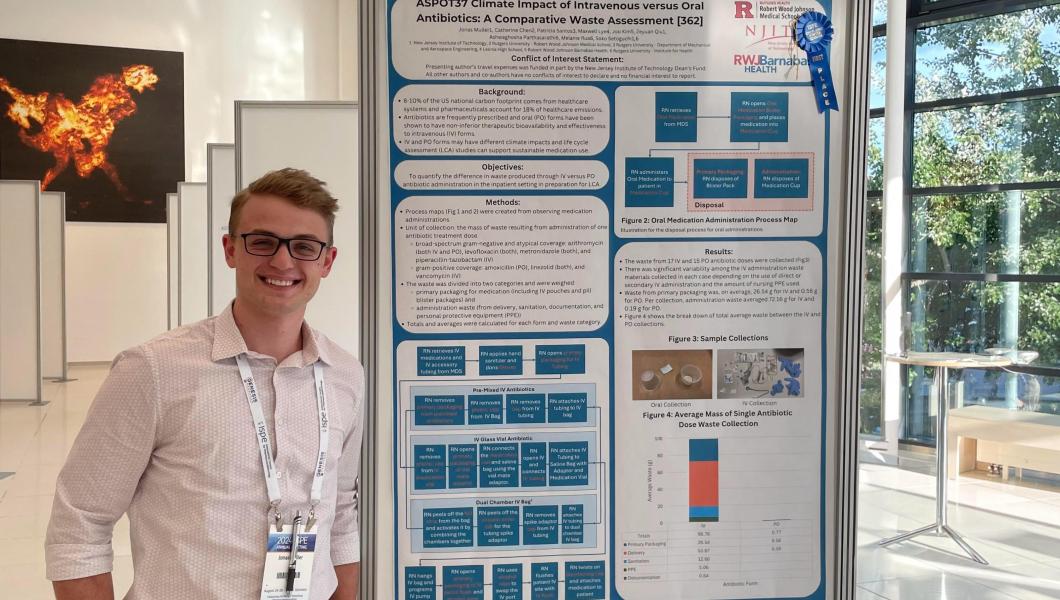NJIT Alum Develops Tech to Recycle Lithium-Ion Batteries

By Jesse Jenkins and Tracy Regan
Chao Yan, who holds both a master's in chemistry and doctor of philosophy in physical chemistry combustion from New Jersey Institute of Technology, is the founder and chief executive officer of Princeton NuEnergy, which develops advanced technologies for recycling lithium-ion batteries. Since 2017, he has also served as a research associate at Princeton University’s Keller Center for Innovation in Engineering Education.
What got you interested in recycling batteries?
As a research associate at Princeton University working in 2018 on renewable energy, electrification was seen as a big opportunity, especially lithium-ion (li-ion) batteries. People first think about making better batteries, but with the environmental and safety issues associated with mining the materials, along with their limited recycling and likely disposal into landfills, I saw recycling li-ion batteries as an under-explored sector. In the U.S., only about 5% of used li-ion batteries are currently recycled. Today, there are about two million electric vehicles on the road, a figure expected to jump to roughly 26 million by 2030! The demand for energy storage for grid stabilization, as well as solar and wind energy, is growing rapidly as well. Some experts estimate that over 80 metric tons of li-ion batteries will need to be recycled in the U.S. in 2030 alone. This is just the beginning!
Why is it so difficult to recycle them?
Unlike more commonly and easily recycled lead-acid batteries, li-ion batteries are extremely complex. The cost of recycling often outstrips the value of recovered battery components. Most current methods use acids to leach out metals — cobalt, nickel and lithium. This process is typically slow and energy-intensive, produces wastewater contaminated with toxic metal ions, and loses critical battery materials. The cost of then refining the recovered metals is very high and often involves using toxic organic solvents. Additional transportation, material inventory and energy costs complicate traditional recycling processes. Combining these costs with elevated demand and prices of pure materials, we have a critical shortage of materials. This makes recycling — smartly — a true imperative.
How does Princeton NuEnergy tackle this problem?
Rather than reducing batteries to their source compounds, we use a simpler method to separate valuable materials and advanced plasma technologies to clean them — minimizing impurities for direct return to battery manufacturing. We can produce battery-grade materials that are just like virgin materials.
What are your near-term goals?
Over the next five years, we plan to build more than five additional discrete recycling facilities containing 10+ production lines with capacity to process over 50,000 tons of spent batteries and manufacturing scrap. Each facility will reduce CO2 emissions by up to 80%, water use by 70% and the overall cost by 50%, compared to current industrial recycling processes.
How can we improve the sustainability of the lithium-ion industry?
When switching from the internal combustion engine to electric cars, the idea was to reduce emissions and energy use. Recycling was an afterthought. Going forward, we need to think more carefully about technology decisions and best practices we take in recycling li-ion batteries to optimize cost and minimize environmental concerns. We believe that direct recycling and Princeton NuEnergy can make a substantial positive impact to this new electrified world.

